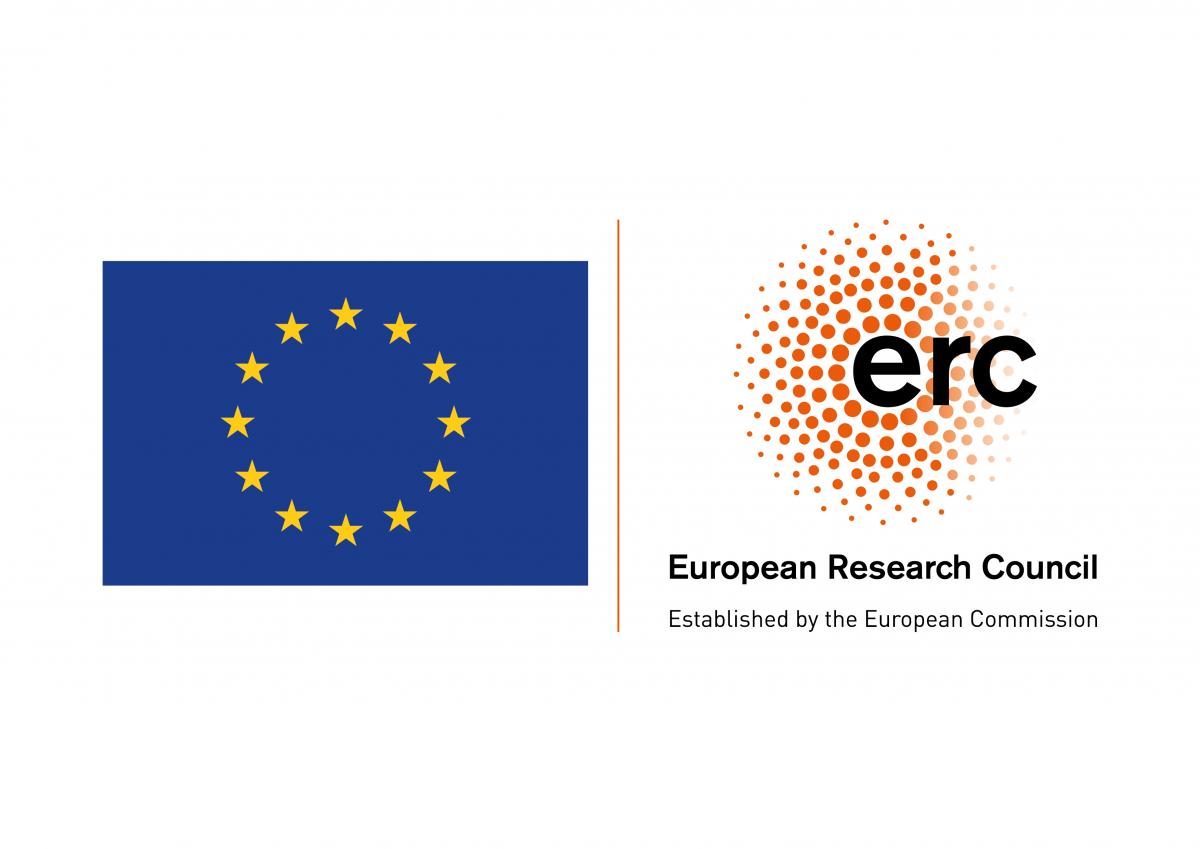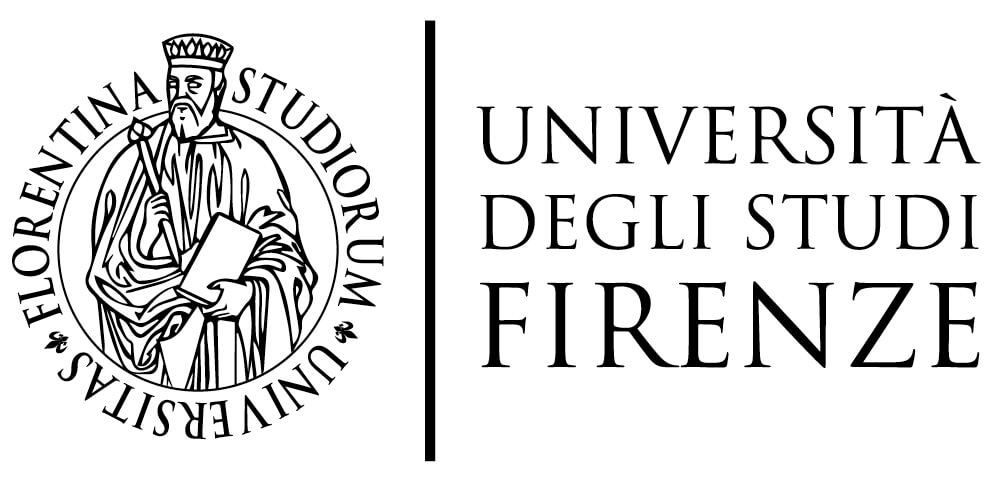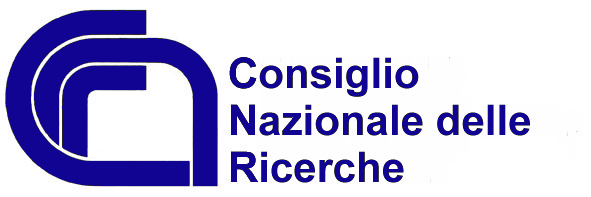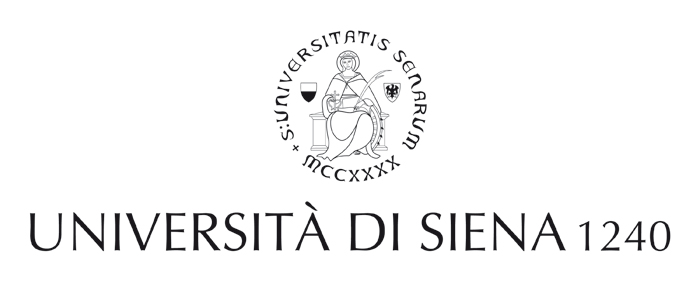Data sharing
Rome Transformed methodology guarantees radical transparency of the analytical process.
In order to guarantee maximum transparency in developing 3D visualizations, the project follows the protocol established by the Seville and London Charter for the Computer-Based Visualisation of Cultural Heritage, widely recognised as the reference protocol to which heritage visualisation processes and outputs should be referred to.
In order to do so, the project adopts a database system (SCIEDOC system) that allows to make 3D modelling process transparent, by scientifically documenting the process of virtual reconstruction. The tool was developed by Mark Grellert at the Digital Design Unit of the Technische Universität Darmstadt (Germany) and has been already effectively tested over 100 projects. It offers the possibility to divide a building or settlement in different areas. For each of these areas there might be one or more variants of the reconstruction (the angle of the roof or the number of windows), each showing how the building could be visualized. For all areas and respective variants three fields in the database make the reconstruction process transparent: reconstruction, argumentation and source. Each variant is represented by a rendering (reconstruction), alongside another image that contains the source for its reconstruction (source). The reconstruction and the source are then linked to a text (argumentation) that discusses the reasons behind the reconstruction.
The variants are made available to scholars as provocations, making the discussion transparent.








